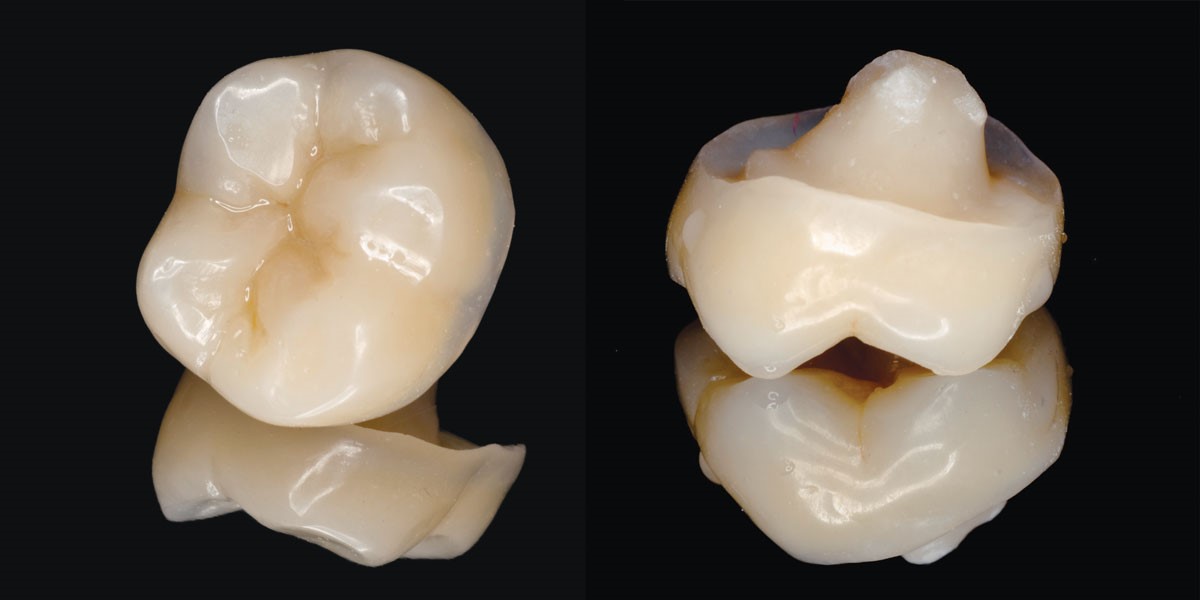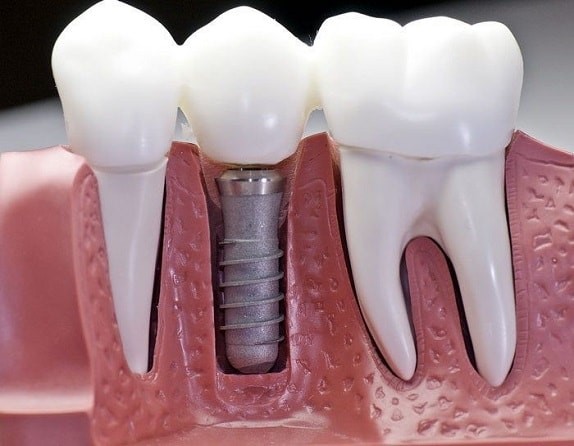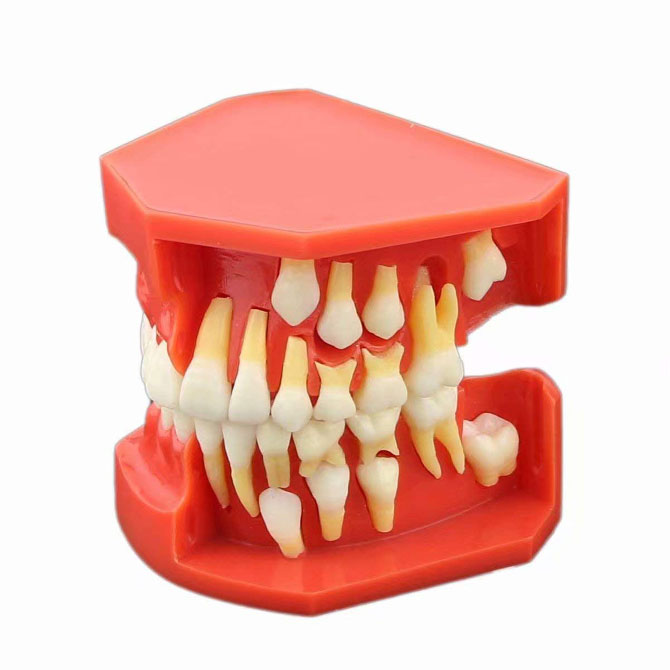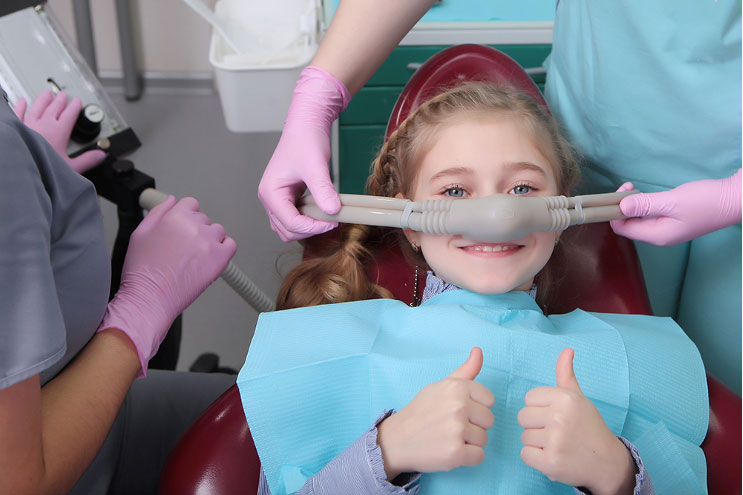The Right Age to Introduce Oral Care to Children
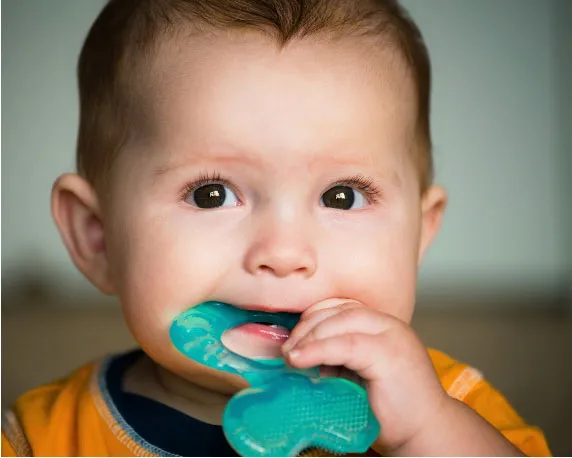
Nurturing Healthy Smiles: The Right Age to Introduce Oral Care to Children
The journey to a lifetime of good oral health begins in childhood, and the proper age to initiate oral care practices is a crucial aspect of this odyssey. This comprehensive guide explores the stages of introducing children to brushing, flossing, and overall oral care, offering insights into age-appropriate strategies, essential habits, and the role of parents and caregivers in fostering a foundation for optimal oral health.
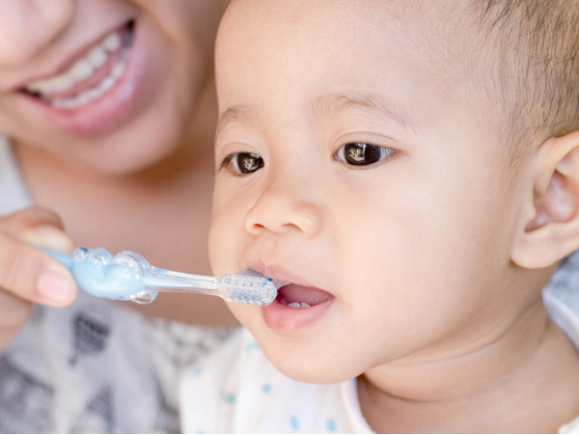
The First Sparkle: Teething and Early Oral Exploration
Teething (4-10 months)
1. Introduction to Oral Sensations: Teething marks the beginning of a child's awareness of oral sensations. Gentle gum massages with a clean, damp cloth can initiate positive associations.
2. First Tooth, First Brush: As the first tooth emerges, usually around 6 months, introducing a soft-bristled infant toothbrush can be a gentle way to start oral care.
Building the Foundation: Toddlerhood and Early Childhood
Toddlerhood (1-3 years)
1. Supervision and Participation: Parents should actively participate in brushing toddler's teeth, using a rice-sized smear of fluoride toothpaste on a child-sized toothbrush.
2. Establishing Routine: Creating a consistent oral care routine, brushing twice a day, sets the foundation for lifelong habits.
Preschool Years (3-6 years)
1. Guided Independence: As motor skills develop, children can start practicing more independent brushing, but parental supervision remains crucial.
2. Fun and Education: Introducing playful elements like colorful toothbrushes and engaging children with educational materials can make oral care an enjoyable experience.
School-Age Mastery: Developing Independence and Technique
Early School Years (6-8 years)
1. Skill Refinement: Children can refine their brushing technique with proper instruction on circular motions, reaching all surfaces of the teeth.
2. Introduction to Flossing: Flossing can be introduced as the interdental spaces widen. Child-friendly flossers make the process more accessible.
Middle School (8-12 years)
1. Transition to Fluoridated Toothpaste: Around age 6, a pea-sized amount of fluoridated toothpaste is appropriate, reinforcing protection against cavities.
2. Monitoring Technique: Parents should periodically assess brushing techniques, providing constructive feedback to ensure thorough cleaning.
Adolescence: Empowering Responsible Oral Health Habits
Teen Years (12-18 years)
1. Independent Oral Care: By adolescence, children should have the skills and responsibility for independent oral care, including brushing, flossing, and using mouthwash.
2. Orthodontic Considerations: If orthodontic treatment begins, additional tools like interdental brushes and floss threaders may be introduced.
Guiding Principles for Parents and Caregivers
Setting a Positive Example
1. Family Oral Care Rituals: Establishing family routines for oral care reinforces the importance of maintaining healthy smiles.
2. Joint Oral Care Activities: Brushing together creates a bonding experience and allows parents to monitor and guide younger children.
Regular Dental Check-ups
1. Early and Consistent Visits: The American Academy of Pediatric Dentistry recommends the first dental visit by the child's first birthday or when the first tooth erupts.
2. Preventive Measures: Regular dental check-ups enable early detection of potential issues and allow for preventive measures to be implemented.
Adapting to Individual Needs: Special Considerations
Children with Special Needs
1. Tailored Approaches: Children with special needs may require tailored strategies, including adapted toothbrushes and alternative techniques.
2. Professional Guidance: Consulting with pediatric dentists or dental specialists ensures personalized guidance for unique oral care needs.
Conclusion: Cultivating a Lifelong Appreciation for Oral Health
In conclusion, the proper age to introduce oral care is a dynamic process that evolves with a child's growth and development. By embracing age-appropriate strategies, fostering positive associations with oral care, and involving parents and caregivers in the process, children can cultivate a lifelong appreciation for maintaining healthy smiles.
Parents play a pivotal role in guiding this journey, from the first sparkle of a tooth to the confident smiles of adolescence. With regular dental check-ups, a commitment to oral hygiene, and a nurturing environment, children can embark on a path to optimal oral health that lasts a lifetime.
Sources
- [American Academy of Pediatric Dentistry - Guideline on Periodicity of Examination, Preventive Dental Services, Anticipatory Guidance/Counseling, and Oral Treatment for Infants, Children, and Adolescents](https://www.aapd.org/research/oral-health-policies--recommendations/tooth-brushing-for-children/)

Nurturing Healthy Smiles: The Right Age to Introduce Oral Care to Children
The journey to a lifetime of good oral health begins in childhood, and the proper age to initiate oral care practices is a crucial aspect of this odyssey. This comprehensive guide explores the stages of introducing children to brushing, flossing, and overall oral care, offering insights into age-appropriate strategies, essential habits, and the role of parents and caregivers in fostering a foundation for optimal oral health.

The First Sparkle: Teething and Early Oral Exploration
Teething (4-10 months)
1. Introduction to Oral Sensations: Teething marks the beginning of a child's awareness of oral sensations. Gentle gum massages with a clean, damp cloth can initiate positive associations.
2. First Tooth, First Brush: As the first tooth emerges, usually around 6 months, introducing a soft-bristled infant toothbrush can be a gentle way to start oral care.
Building the Foundation: Toddlerhood and Early Childhood
Toddlerhood (1-3 years)
1. Supervision and Participation: Parents should actively participate in brushing toddler's teeth, using a rice-sized smear of fluoride toothpaste on a child-sized toothbrush.
2. Establishing Routine: Creating a consistent oral care routine, brushing twice a day, sets the foundation for lifelong habits.
Preschool Years (3-6 years)
1. Guided Independence: As motor skills develop, children can start practicing more independent brushing, but parental supervision remains crucial.
2. Fun and Education: Introducing playful elements like colorful toothbrushes and engaging children with educational materials can make oral care an enjoyable experience.
School-Age Mastery: Developing Independence and Technique
Early School Years (6-8 years)
1. Skill Refinement: Children can refine their brushing technique with proper instruction on circular motions, reaching all surfaces of the teeth.
2. Introduction to Flossing: Flossing can be introduced as the interdental spaces widen. Child-friendly flossers make the process more accessible.
Middle School (8-12 years)
1. Transition to Fluoridated Toothpaste: Around age 6, a pea-sized amount of fluoridated toothpaste is appropriate, reinforcing protection against cavities.
2. Monitoring Technique: Parents should periodically assess brushing techniques, providing constructive feedback to ensure thorough cleaning.
Adolescence: Empowering Responsible Oral Health Habits
Teen Years (12-18 years)
1. Independent Oral Care: By adolescence, children should have the skills and responsibility for independent oral care, including brushing, flossing, and using mouthwash.
2. Orthodontic Considerations: If orthodontic treatment begins, additional tools like interdental brushes and floss threaders may be introduced.
Guiding Principles for Parents and Caregivers
Setting a Positive Example
1. Family Oral Care Rituals: Establishing family routines for oral care reinforces the importance of maintaining healthy smiles.
2. Joint Oral Care Activities: Brushing together creates a bonding experience and allows parents to monitor and guide younger children.
Regular Dental Check-ups
1. Early and Consistent Visits: The American Academy of Pediatric Dentistry recommends the first dental visit by the child's first birthday or when the first tooth erupts.
2. Preventive Measures: Regular dental check-ups enable early detection of potential issues and allow for preventive measures to be implemented.
Adapting to Individual Needs: Special Considerations
Children with Special Needs
1. Tailored Approaches: Children with special needs may require tailored strategies, including adapted toothbrushes and alternative techniques.
2. Professional Guidance: Consulting with pediatric dentists or dental specialists ensures personalized guidance for unique oral care needs.
Conclusion: Cultivating a Lifelong Appreciation for Oral Health
In conclusion, the proper age to introduce oral care is a dynamic process that evolves with a child's growth and development. By embracing age-appropriate strategies, fostering positive associations with oral care, and involving parents and caregivers in the process, children can cultivate a lifelong appreciation for maintaining healthy smiles.
Parents play a pivotal role in guiding this journey, from the first sparkle of a tooth to the confident smiles of adolescence. With regular dental check-ups, a commitment to oral hygiene, and a nurturing environment, children can embark on a path to optimal oral health that lasts a lifetime.
Sources
- [American Academy of Pediatric Dentistry - Guideline on Periodicity of Examination, Preventive Dental Services, Anticipatory Guidance/Counseling, and Oral Treatment for Infants, Children, and Adolescents](https://www.aapd.org/research/oral-health-policies--recommendations/tooth-brushing-for-children/)

